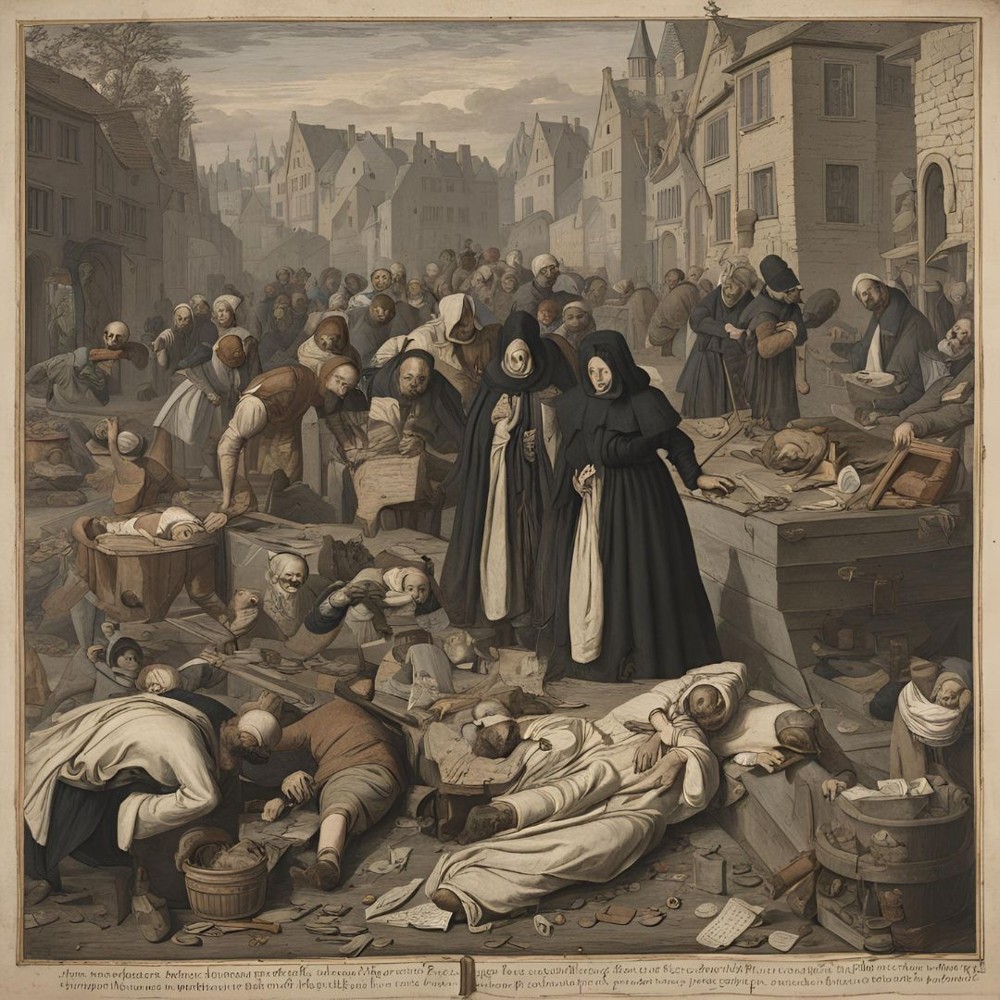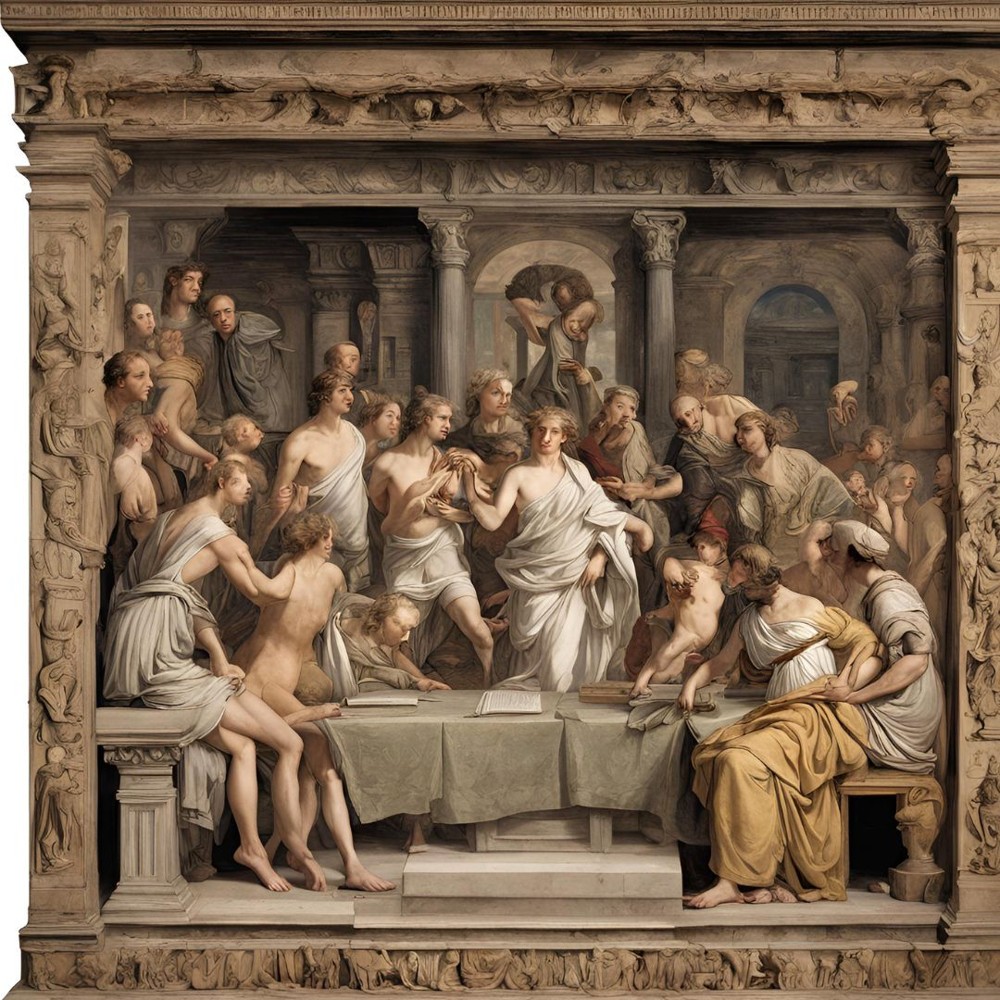Published: 6 months ago

History
Summary
Dive into the harrowing tale of the Black Death, the most devastating pandemic in human history, which claimed an estimated 200 million lives as it swept across continents from Asia to Europe and Africa in the mid-14th century. This historical deep dive explores not just the tragic loss of life, but also the profound societal shifts that reshaped civilization in its wake.
Article
The Arrival of a Killer
The Black Death is believed to have originated in Asia, carried westward by fleas living on black rats that traveled on Genoese trading ships. Reaching the shores of Sicily in 1347, the plague spread like wildfire through Europe, leaving few areas untouched. The speed and scale of the pandemic were staggering, with entire towns wiped out within months.
Symptoms and Despair
Victims of the Black Death suffered intensely, developing swollen lymph nodes (buboes), fevers, and black patches on their skin due to subcutaneous hemorrhages. Death could come within days of the symptoms appearing, creating a perpetual state of fear and helplessness that gripped entire populations.y.
Economic and Social Impact
The massive reduction in population caused by the Black Death led to severe labor shortages throughout Europe, prompting significant economic and social changes. Feudal systems were challenged as serfs negotiated for freedom and better pay. This shift gradually eroded the old manorial systems, leading to increased wages and a redistribution of wealth that would lay the groundwork for modern economic systems.
Cultural Transformations
Amid the devastation, the Black Death also spurred a transformation in European culture. Art became imbued with macabre imagery, reflecting the omnipresent fear of death. This period saw the growth of the Danse Macabre, or "Dance of Death," motif in paintings, which emphasized the universality of death and the vanity of earthly pleasures.
Religious Repercussions
The plague also profoundly impacted religious practice and belief. With priests dying in droves and the church unable to provide clear answers, many people's faith waned, leading to the growth of heretical movements and eventually contributing to the conditions that sparked the Protestant Reformation.
Learning from Tragedy
The Black Death forced communities to take revolutionary public health measures, some of which have evolved into practices still used today. Authorities in plague-stricken cities established quarantines and set up pest houses to isolate the sick. This was a rudimentary yet crucial step towards developing organized public health responses to epidemics.
The Birth of Public Health Policies
The scale of the pandemic led cities and states to enact policies to control future outbreaks, marking the beginnings of public health policy. The Health Board, established in Venice in 1486, is one such example of early public health management institutions founded in response to the plague.
Lessons for the Future
The Black Death's impact extended far beyond its time, influencing economic, cultural, and social developments for centuries. It serves as a grim reminder of the potential for disease to change the course of history and highlights the importance of public health preparedness.
As we face modern challenges, the history of the Black Death offers invaluable lessons on resilience, innovation, and the necessity of community cooperation in times of crisis. By studying the past, we can better prepare for the future, ensuring that society can respond more effectively to pandemics and other global threats.
No opinions exist on this article yet!
Be the first one to share an opinion on this article.
This article does not have any attachments.
No Access
Share access to start recording your opinion











